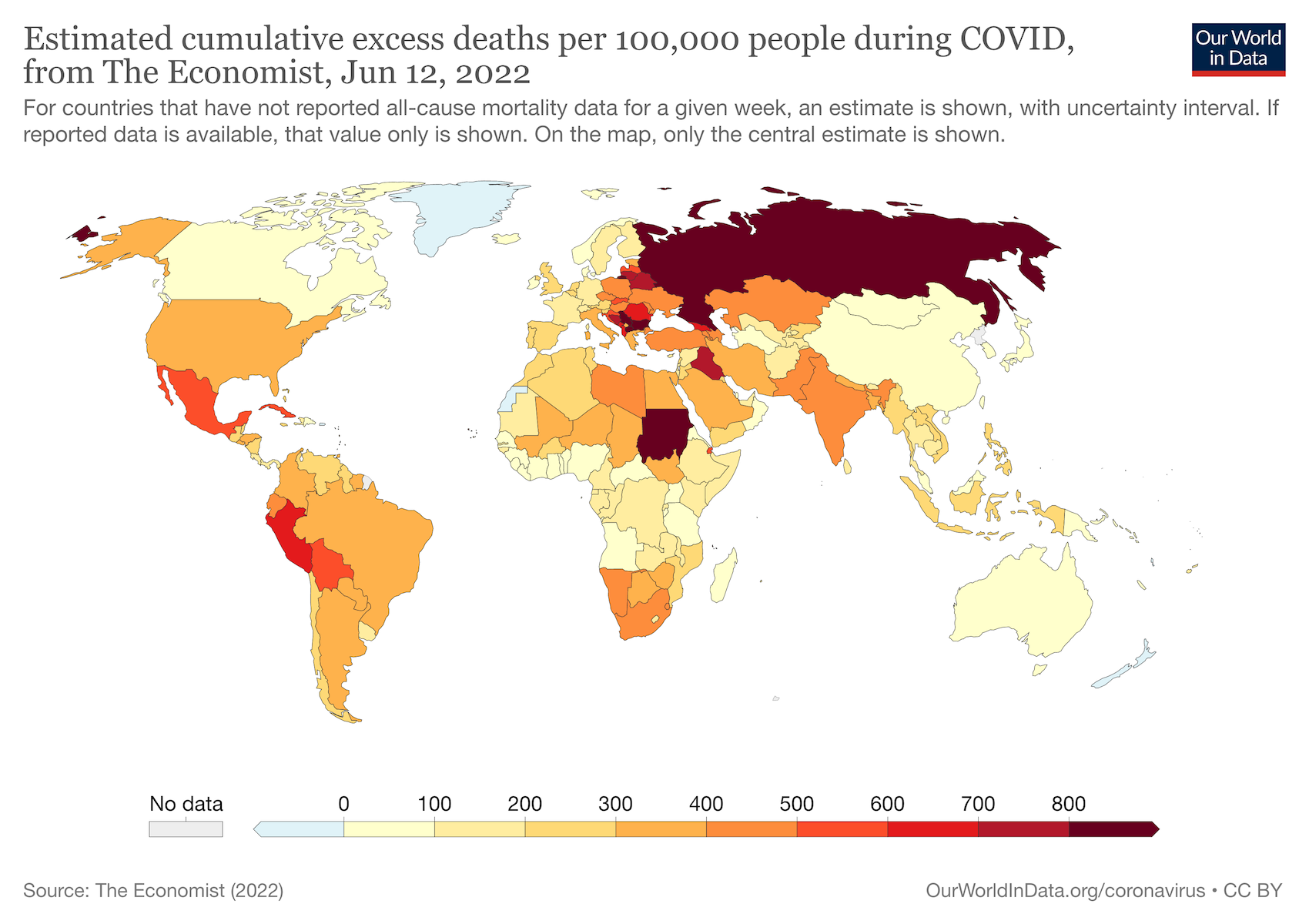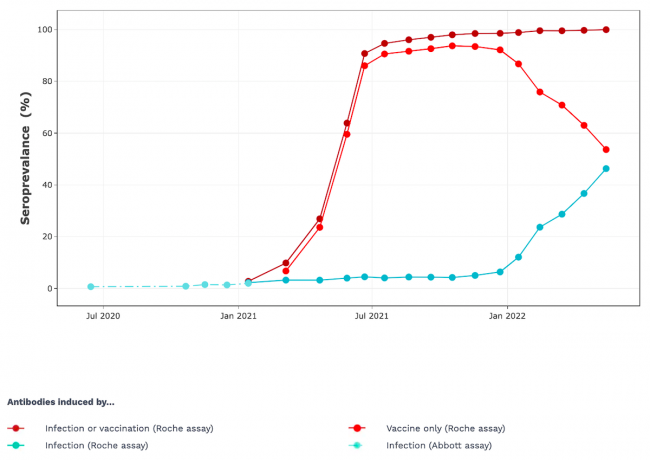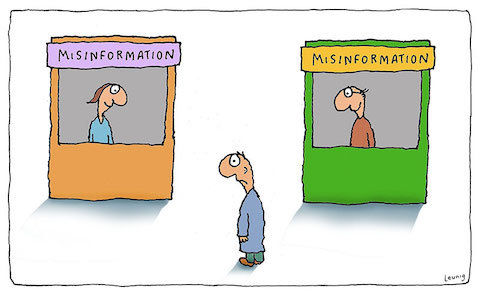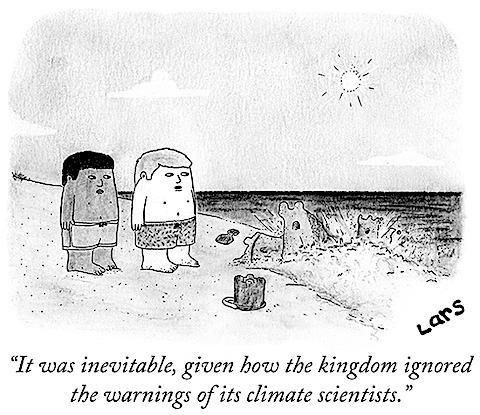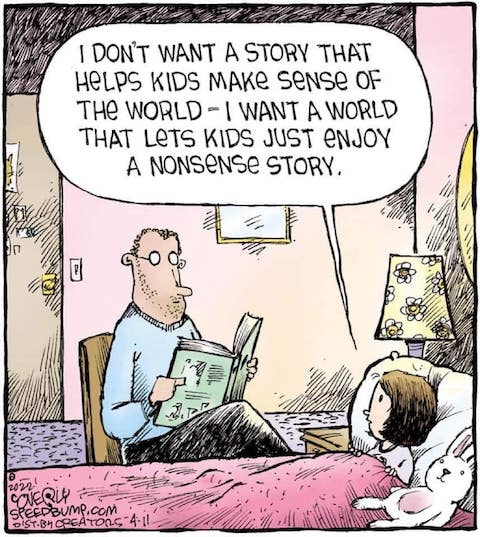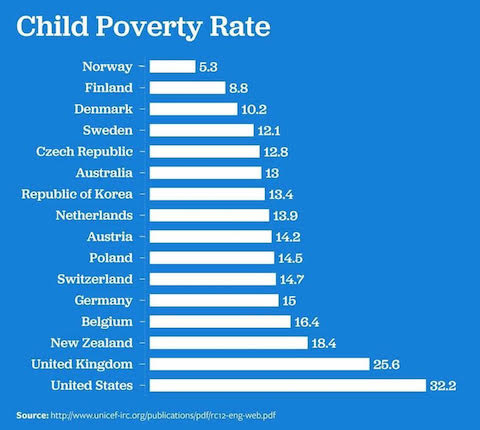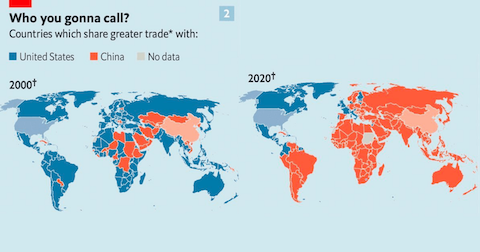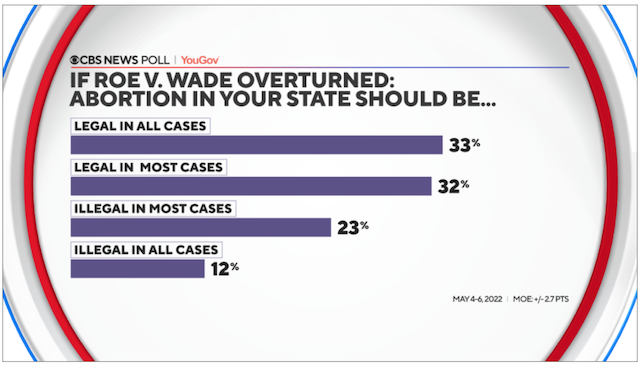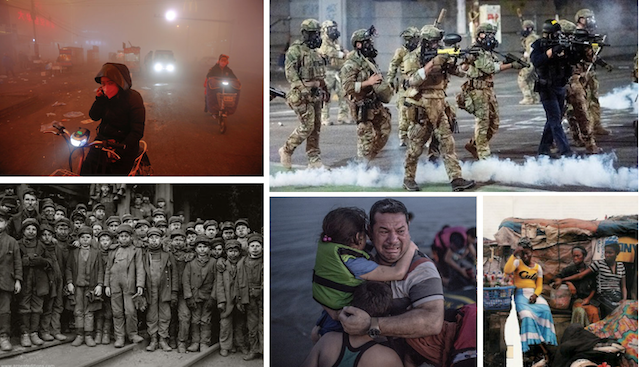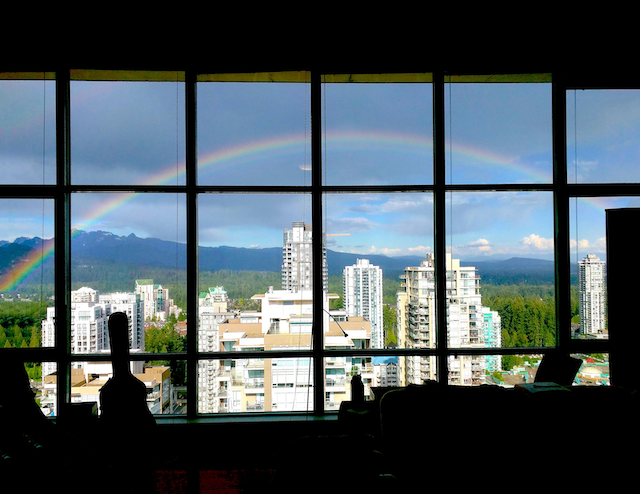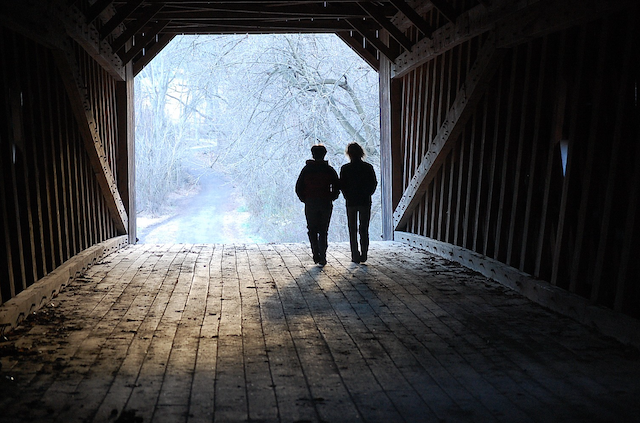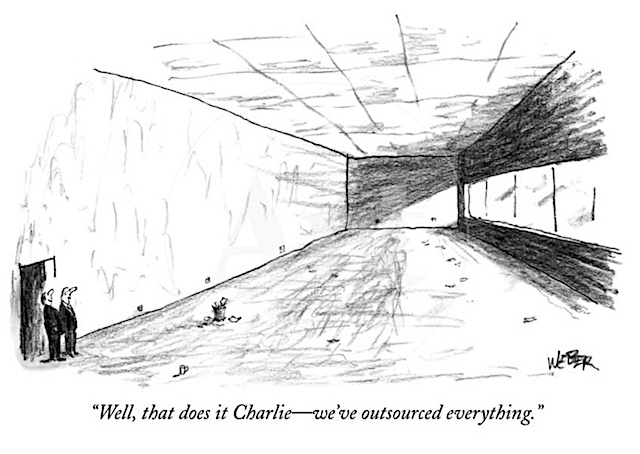
cartoon by the late New Yorker cartoonist Robert Weber, one of the few cartoonists who worked mostly with charcoal
There is a double interface between the producers and customers of the things we buy and sell: sales and marketing, and what can now only ironically be called ‘customer service’.
Sales and marketing is the stuff that producers push at us, to try to get us to buy what they’re offering. Customer service is what we the customers expect in return — facilitating our acquisition, use and disposition of the ‘product’.
One of the sad features of our modern global economy is that it requires producers to generate double-digit increases in revenues and profits every year just to stay afloat: Fail to produce those huge annual profit increases, and your job is history, and do so for too long and your company is history, too. The ‘value’ of stocks, real estate and pensions depends on such continuous growth. If profits merely stay in the same place year after year, then the value of the stock goes down, since there’s an opportunity cost, the risk-adjusted cost of borrowing, to just sitting on investments that aren’t ‘growing’.
The enormous pressure to endlessly increase profits requires corporate executives to play a number of games:
- They can use their cash to buy back their shares, so that while profits may be flat, profits per share rise. This unproductive investment is how much of the ‘growth’ in share values on exchanges has been achieved in recent years.
- They can buy up competitors and use oligopoly power to raise prices for the same goods. Tight, global oligopolies have been achieved in almost all major industries over the past four decades.
- They can lower the quality (eg use cheaper components) of what they sell, or lower the quantity (eg deceptive packaging) of what they sell, while keeping prices unchanged. They are doing this in spades.
- And then, they can cut ‘overheads’, through outsourcing and offshoring, or through reducing the interface with customers, ie sales and marketing efforts, or customer service.
Since cutting sales and marketing is risky when competitors are keeping theirs up, it’s more compelling to cut customer service.
The thing about customer service is that it comes after the sale, so if all producers in an industry tacitly (or explicitly) agree to cut customer service in lockstep, then there is really SFA you as a customer can do about it. If you think customer service now mostly sucks, you’re absolutely correct. It’s not that producers want it to suck; it’s the only way left to keep profits growing so the company can stay afloat another year.
The largest recent ‘trend’ in lowering the quality and extent of customer service is euphemistically dubbed “self-care”, as if this were a good thing. It means that the company no longer cares about you. It means you have to do your own research, your own shopping, your own checkout, and your own ‘after-sales’ service. The only help they will give you is pages of FAQs and manuals you can download — many of them actually run by other customers for free, in the desire to help fellow customers left in the lurch .
The company doesn’t want to talk with you — that’s too expensive for them. You can’t find a direct line phone number for any major company with a real person to answer. You can’t find an email address. They want you to do your own ‘care’, and if that’s not enough, they want you to just go away. They have plenty of lawyers to sic on you if you become too adamant about getting real customer service.
So you now have retail stores and ‘help desks’ that are capable of doing nothing except selling you more products. They offer no service at all. The clerks and help desk personnel have no more access, or power to do anything to resolve your problem or annoyance, than you do. The computer systems that management has put in place for them to use will not allow them to adjust the price, or give you a refund, or give you anything at all. Even if you only bought the item a day earlier, if it’s not in the original packaging and if you want more than a simple exchange for an identical item, you’re screwed — you have to mail it to the manufacturer at your cost. The retailer cannot help you.
You want something repaired or replaced on warranty, they’ll just throw what you give them out and give you a new one. The warranty ‘price’ is essentially an insurance policy to cover the cost of repairs, which are usually far more than the cost of replacing most of today’s shoddy products.
Imagine you’re in a ‘service’ function — working in retail. You’re now just there until they figure out how, in lockstep with their ‘competitors’, to automate the remnants of your job. I’m sure you’ve witnessed this yourself:
- “No we can’t special order that for you here, but you may be able to do so on the website. It’s the same one our clerks use for ordering.”
- “No we can’t do that bank transfer for you over the phone, even though we know you. We’re constrained by our regulations to get a hard-copy signature from you in person. Our hands are tied.”
- “No we can’t reverse that charge. It’s an automatic charge from the vendor, and they specify their right to charge it in their sales agreement.”
- “No we don’t sell parts for the products we sell. If you’re in the business you might be able to get them from a wholesaler.”
- “No there’s no volume discount if you buy a case. The scan code is per item.”
- “No we can’t service it. Since your warranty expired after 30 days, you’ll have to go to a third party repair service, who might be able to fix it for you. Or we could just sell you a new unit.”
- “No the system won’t allow me to give you that offer, which is only for new customers.”
And so it goes. Customer service has become, in most industries and retail sectors, an unaffordable luxury. Most of the people in banks, in retail stores, in warehouses — in all of what David Graeber described as Bullshit Jobs — will disappear from sight as soon as their employers figure out how to completely automate, and eliminate, their jobs. Those workers — the unnecessariat — will slide further down the economic ladder into jobs that haven’t quite been automated yet — couriers, fast food service, cleaners, ‘security’ work.
This is entirely the result of the desperate, endless, capitalist drive to keep increasing profits, because if public businesses don’t keep increasing profits, they’re dead. It’s the reason more and more of the GDP is being generated by fewer and fewer ultra-rich customers — the only ones who can still afford to pay for high-quality products and good service. For the rest, it’s a pointless race to the bottom.
It’s the system — an economic system that works by inflexible rules that have made everything we make and do ineffective, sloppy and dysfunctional.
And it’s taken me 50 years to learn that large-scale broken systems cannot be fixed. You have to wait for them to collapse, and try to build something better next time around.
I no longer grumble about lousy customer service, which is the only kind non-millionaires can get. It’s not fair to complain to the bedraggled front-line workers, who are victims, not perpetrators, of this system. Give them a smile, a nod, a thanks when they try their best, which is all any of us can do.
Instead, I do what those caught up in dysfunctional systems have always done — I work around them. If you want to get a sense of what a whole world of people working around collapsing and dysfunctional systems looks like, read Anna Lowenhaupt Tsing’s book The Mushroom at the End of the World, on the emerging ‘scavenger’ economy. Watch the dumpster-divers. Pay attention to the independent one-person repair outfits, and how powerfully they’re networked with each other to do things the big public companies can no longer do. Study the crafters and the pop-up street-vendors and the people who can show you how to make and fix things yourself, and how gift economies function. They, not our dysfunctional capitalist industrial-financial growth economy, will teach you what we’re all going to have to learn to live in the world we are now entering — a world where sufficiency and consistency, not efficiency and excess, are the guideposts for living well.


